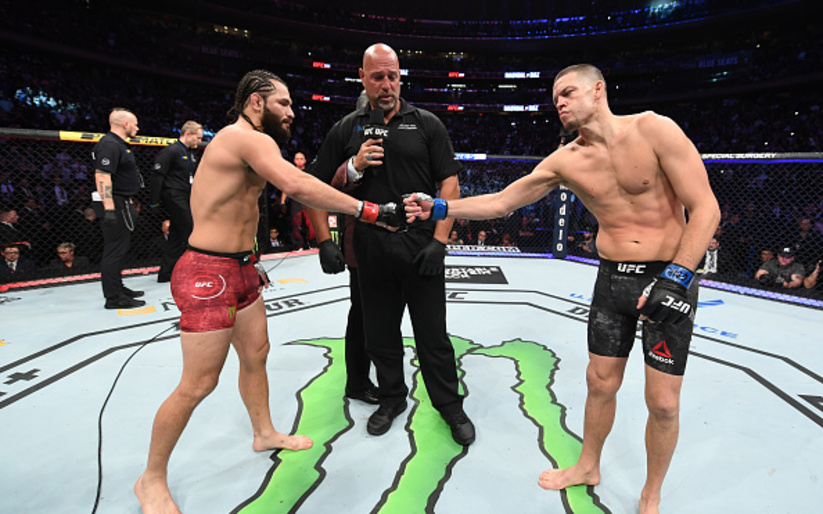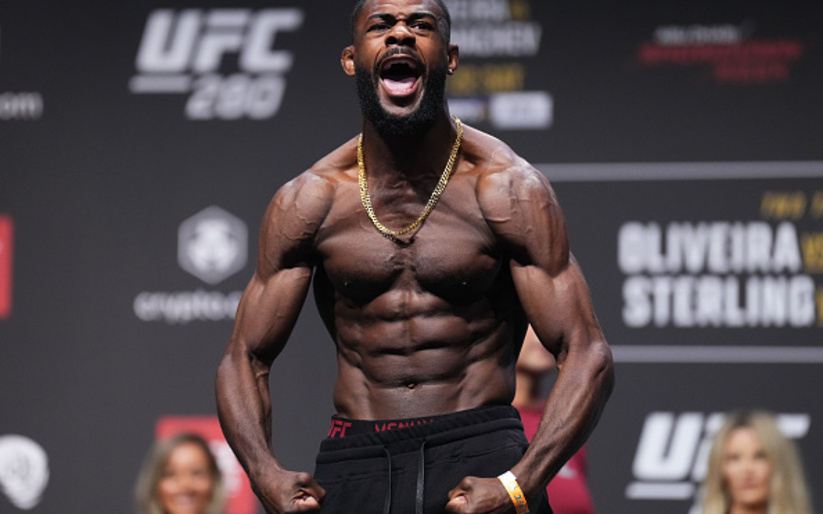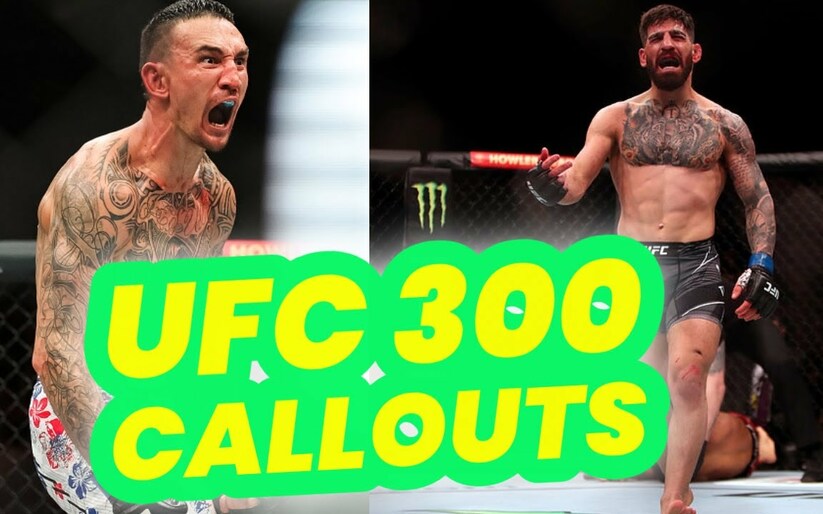Bellator 138 did big numbers. The show averaged 1.58 million viewers. The Kimbo Slice-Ken Shamrock main event averaged 2.1 million viewers during its quarter hour, including the show’s peak viewership at 2.4 million viewers. Bellator 138 bested previous high set by Bellator 131, which featured Tito Ortiz vs. Stephan Bonnar. That show averaged 1.24 million viewers and 1.84 million viewers in the peak quarter hour.
Bellator 131 and Bellator 138 have both taken place under the Scott Coker regime since he took over the promotion a year ago. This is nothing short of remarkable. Coker took over a promotion that had become toxic in the waning days of the Bjorn Rebney era. The tournament product had run its course, and the Rebney regime (perhaps sensing their own demise) began rewriting the rules as they went along. The promotion was losing whatever goodwill it had left with fans and fighters thanks to the enforcement of iron-clad contracts. That enforcement also scared off young prospects who didn’t want to find themselves trapped, cutting off one of the promotion’s few strengths.
Coker’s arrival helped wipe the sludge off the nameplate. The tournament format was thrown out and the scheduled reduced to 16 events per year. Fighter relations improved, and the promotion returned to aggressively signing prospects like Ed Ruth and Aaron Pico. While Bellator’s long-term prospects improved the second Coker came aboard, that he was able to provide such immediate results while in a transitionary period is exemplary.
We’ve seen this play out before. Strikeforce had become a legitimate national promotion putting on high-level events by the time Zuffa swallowed it up in 2011, but it didn’t start that way. Their first event – which sold out the HP Pavilion – featured MMA legend Frank Shamrock against Cesar Gracie, who was fighting his first and last MMA match. Event three featured ‘Tank’ Abbott and Paul Buentello. Event five featured Shamrock and Phil Baroni. They held a show at the Playboy Mansion. Bob Sapp started his long slide into irrelevancy against Jan Nortje.
The turning point started the month following Sapp-Nortje. Shamrock headlined once again; this time against fellow local star Cung Le. They followed that up with Gilbert Melendez-Josh Thomson I. The end of that transition fittingly involved Frank Shamrock passing the torch to Nick Diaz. Coker and co. weren’t afraid to get creative (see: Walker, Herschel), but Strikeforce headliners started looking more and more like the number-two promotion they were becoming.
The early Strikeforce playbook wasn’t just about slapping a couple of recognizable names on a poster, though. Future Strikeforce stars Melendez, Thomson, and Le all appeared on the Shamrock-Gracie undercard. All the early “tent pole” events are littered with names that continued to show up on Strikeforce events until its demise.
Purists will argue that using names like Ortiz and Bonnar and Shamrock and Slice as headliners takes away from the legitimate talent Bellator has under contract. That’s nonsense. Strikeforce cannot compete using the same mostly-sports-first model of the UFC. They don’t have the roster to succeed running a (mostly) straight fight promotion. So, for now, they’ll have to make do with a model that mostly resembles a bait-and-switch.
Coker’s Bellator may not reached the same heights as his former promotion. Strikeforce (as an MMA promotion) came into existence as Pride dissipated and EliteXC faltered. The vacuum left by those two promotions allowed Strikeforce to rapidly expand thanks to an overflow of MMA talent. That’s not the case today as the UFC has further entrenched itself as the sport’s top promotion while controlling well over 90% of the elite talent.
But there are positives. The UFC has continued to tighten its grip on fighters with the Reebok deal and its new drug testing policy, and a Coker-led Bellator may appeal to talented mid-card-level talent. Spike may also wind up being a better platform than Showtime, as much for its association with MMA as its accessibility.
Bellator’s future will be a story to keep your eye on over the next few years. In the meantime, Coker’s (re-)established himself and Bellator as a fun and viable alternative to the UFC. And that’s something worth celebrating.


